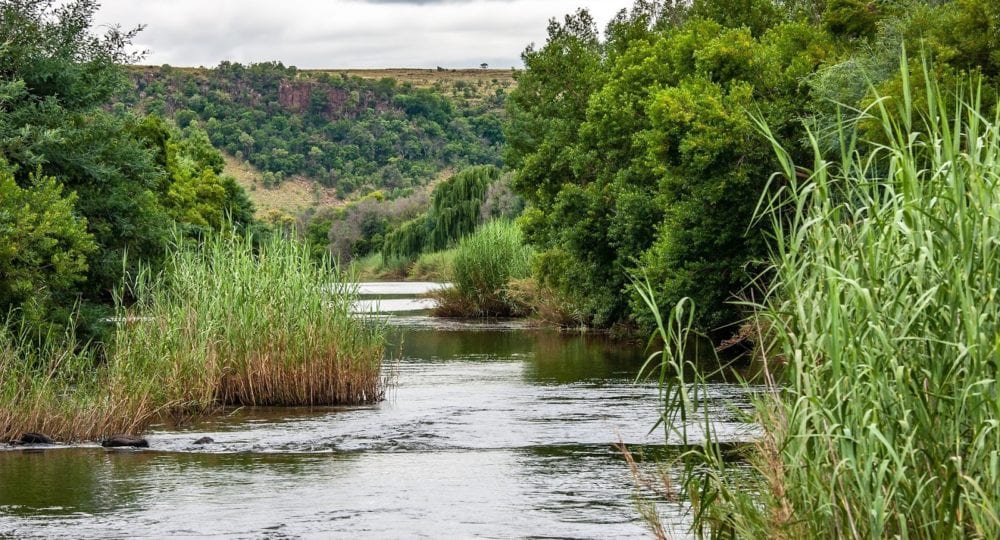In America, we don’t worry too much about whether our water is clean or safe … it isn’t something we think about often and in some cases, may actually take clean water for granted.
Have you ever taken the time to learn about our water supply? Have you ever investigated where it comes from or how we can keep it safe and clean?
The Do It Best Hardware store put some helpful information together in regards to clean and safe water, some of which has been shared below.
Do you know where your water comes from?
According to Do It Best, the majority of Americans get their water from one of 54,000 local water provides across the U.S. and over half of the U.S. population lives within 50 miles of a coast. How many of you were aware that wastewater from our households, businesses, etc. is cleaned at a wastewater treatment plant and then reused?
The Environmental Protection Agency has federal regulations in place for public water supplies to ensure they are being checked for 100+ contaminants.
What is a Watershed?
Some people may think a water-shed is much like a “she-shed”. A she-shed (at least on State Farm Insurance company’s commercial) is a shed built for a woman that provides a place for her to “escape” and spend quiet time doing things the woman enjoys. Some people may think a water-shed is a shed that is built to store water … however, a watershed is the process by which water from our land drains into a stream, lake or river. The quality of this water depends on how we are caring for our environment. If the water is healthy, it is less expensive to treat.
What are Water Contaminants?
You may wonder what types of things could cause our watershed to be unhealthy? Unhealthy or contaminated water can carry things like high concentrations of lead, atrazine, pathogens, chlorine, arsenic, nitrates, radioactive material, vinyl chloride, perchlorate and pharmaceuticals.
How can I prevent Contaminants from Polluting our Watershed?
There are several things you can do to help keep our water supply healthy. According to Do It Best, these examples are all things to consider:
- Pet Waste: waste from our animals can contain e.coli, salmonella and giardia organisms and animal waste is also high in nitrogen. Storm water can move these contaminants into our waterways and contaminate our water supply. Once the high levels of nitrogen get into the waterway, it depletes the oxygen levels in the water which in turn hurts water life and plants.
- Car Wash: some people prefer to hand wash their cars to avoid scratches or spotting when going through a car wash. Turns out, when you wash your car at home, chemicals in the soap and cleaning solutions can end up draining into our watershed. It is mandatory for car wash businesses to drain into sewer systems so the water can be treated before it is re-used. If our home has a well, the water from the well is not pre-treated.
- Drain vs. Trash Can: you should never dispose of harmful waste or chemicals down the drain. Examples would be motor oil, medication, household cleaners, paint, but sprays, detergents, etc. Disposing of these items via your trash can or other approved method eliminates toxins from entering into our waterway.
- Fertilizer & Pesticides: many Americans like to have a weed free yard and a well manicured lawn but use of fertilizer and pesticides can contaminate our drinking water and it can also harm wildlife who come into contact with these toxic chemicals.
- Community Clean Up: it is important for Americans nationwide to “keep America clean” … help keep your community clean … use trash cans when disposing of trash, avoid littering. Any time you see trash or waste laying around, it has the ability to harm our watersheds and ultimately harm our family and friends. If you see someone disposing of harmful waste, report this to local authorities.
Do Your Part – Keep America Clean and Safe





